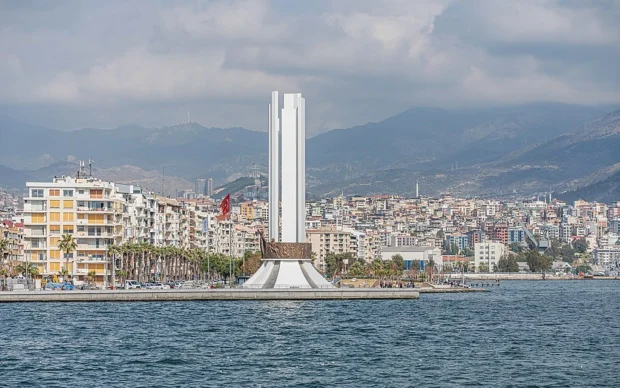Izmir, lying on Turkey’s Aegean coast, offers more than just sun and sea. Its warm streets carry stories from ages past, mixing with the laughter of market vendors and the aroma of fresh herbs and spices. Walking around, you feel the pulse of a city that has welcomed many cultures. If you want to taste history, mingle with the locals, and savor dishes full of character, Izmir is a place to remember. From ancient ruins to bustling bazaars, this city invites you to slow down and enjoy its many layers.
Table of Contents
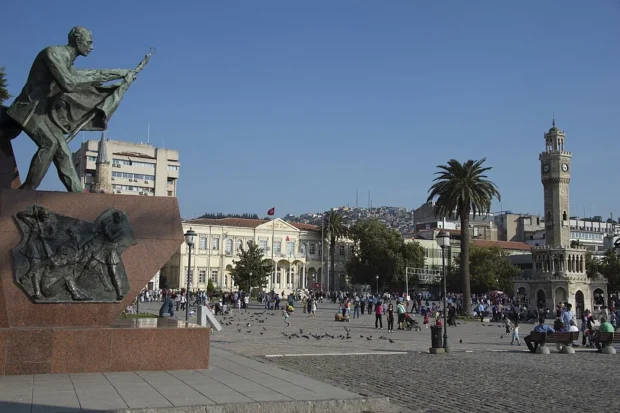
Walking Through Ancient and Modern Izmir
One of the most striking places is the Agora of Smyrna. Imagine standing where Romans once gathered to trade and talk. The stone arches and mosaic floors tell tales of a lively marketplace centuries ago. Nearby, the Clock Tower by Konak Square spins a quiet charm. They say locals often meet there, not only to check the time but to catch up on gossip or enjoy a refreshing Ayran-a salty yogurt drink that surprises you by how good it tastes on a hot day.
For those interested in ancient architecture and historic arenas, the Colosseum in Rome offers a captivating glimpse into imperial grandeur and age-old stories.
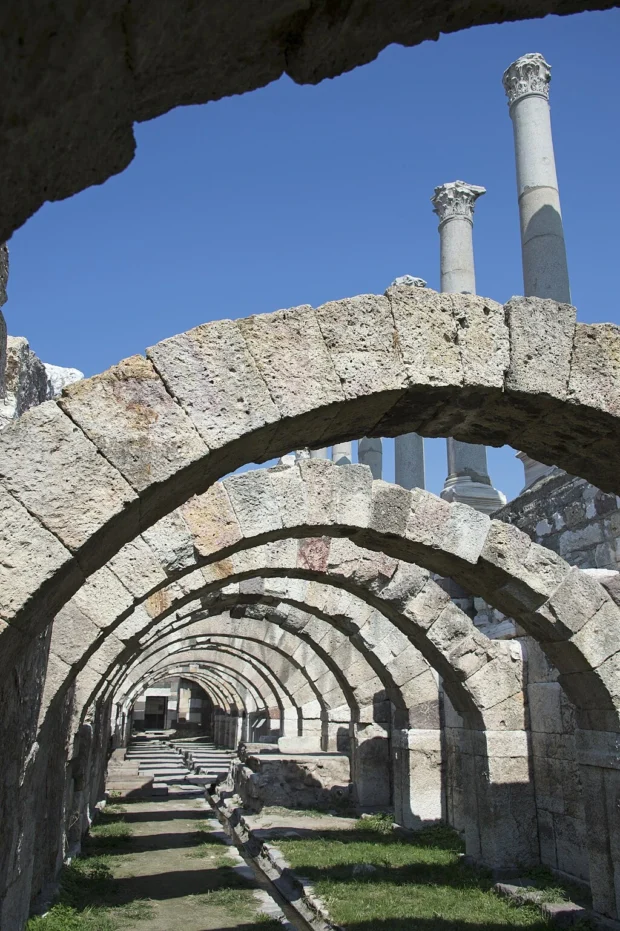
Walking through Kemeralti Bazaar, the senses come alive. Narrow alleys packed with shops selling everything from handwoven textiles to shiny copper pots create a lively chaos. I chatted with a craftsman who showed me how traditional Izmir ceramics are made, a skill passed down through generations. Here, touching the ceramics feels like holding a piece of the city’s soul. Don’t hurry; the markets are the heartbeat of Izmir, full of colors, sounds, and smells mixing in a lively dance.
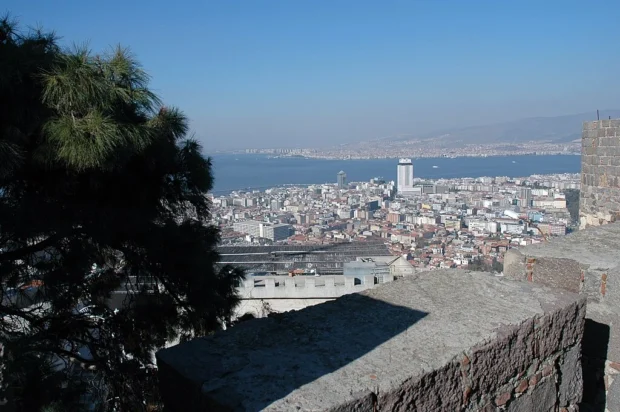
Unexpected Corners: Izmir’s Lesser-Known Places
Beyond the more famous spots, Izmir hides quiet neighborhoods where old stone houses and small workshops still exist. In Alsancak, narrow streets lead to cafes where men play backgammon deeply focused, almost like a ritual. These areas capture the slower rhythm of local life. One day, I found a small ceramic shop tucked away behind a jasmine-covered wall. The owner, an elderly woman, told me how her family has been making tiles here since the Ottoman times. Moments like this feel like a secret gift.
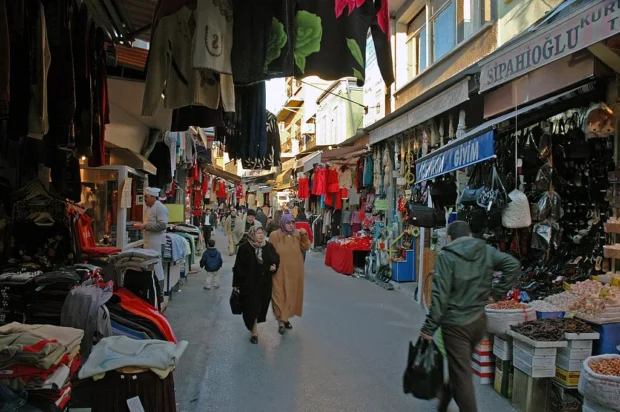
Near the coast, the Kordon Promenade stretches invitingly. It’s a favorite place for locals to stroll and chat as the sun sinks behind the hills. Watching fishermen prepare their nets along the waterfront, I learned about the daily rhythm that connects Izmir to the sea. At the end of the day, this view-the boats, the water, the city lights-creates a postcard-perfect scene that visitors often miss by rushing through the city.
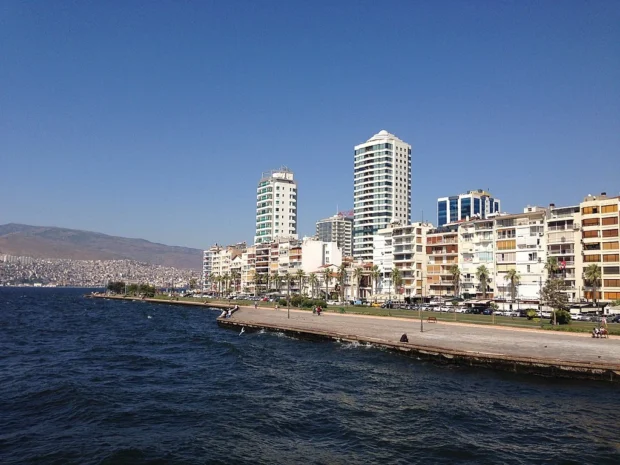
Tasting Izmir: Dishes That Tell Stories
Food in Izmir is not just eating; it is a journey through time and culture. The city’s cuisine blends Aegean freshness with Anatolian warmth. I recommend trying boyoz, a flaky pastry that locals often enjoy for breakfast with a slice of hard-boiled egg. It is simple but full of character, just like the city itself.
For a different taste of the Balkans, explore Skopje’s lively markets and rich history in North Macedonia’s capital city.
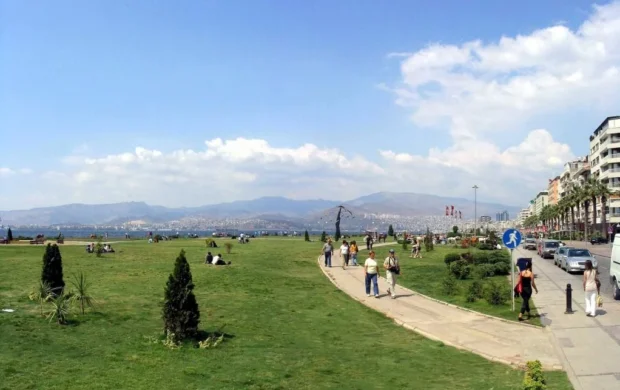
In the Kemeraltı district, many small eateries serve çöp şiş-tiny grilled meat skewers that taste smoky and tender. Sharing these with a group feels like a celebration of friendship and flavor. Don’t miss out on kumru, a sandwich filled with sausage, cheese, and tomatoes, usually bought from a small shop near the bazaar. It’s a local favorite that surprises new visitors with its deliciousness.
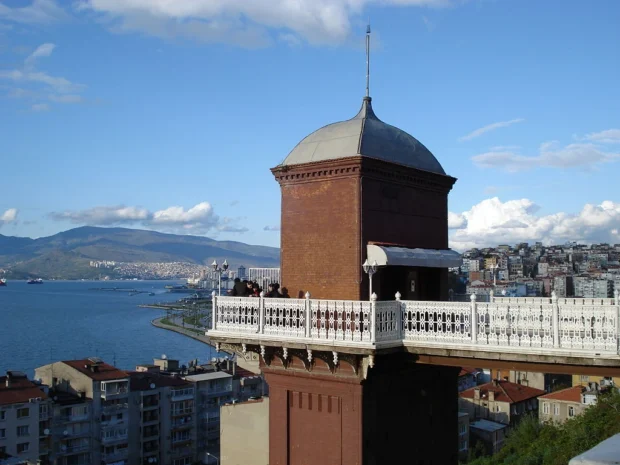
Getting Around and Where to Rest
Izmir’s public transport is friendly for newcomers. The tram system connects many parts of the city smoothly, making it easy to reach main spots like Konak or Alsancak. From the airport, a shuttle service will take you directly to the city center in about 30 minutes, which gives a good first look at the city’s sprawl and greenery. Buses are frequent and affordable, but sometimes the local minibuses, called dolmuş, offer a more lively and personal ride experience, though they might feel a bit like being in a movie scene with their rapid stops and chatter.
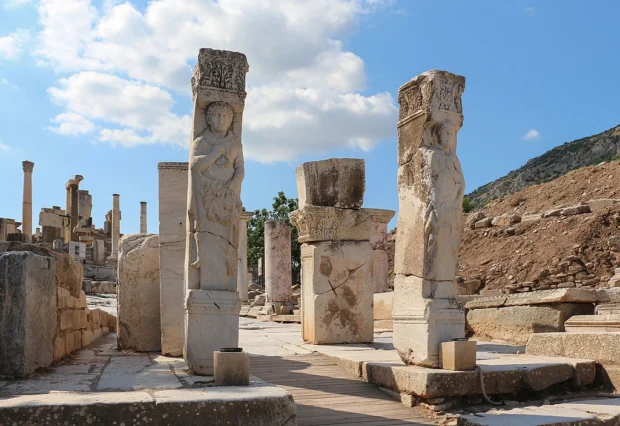
Finding where to stay depends on your mood. If you prefer being close to the sea and in a lively neighborhood, Alsancak offers many small guesthouses and apartments. For a quieter time surrounded by history, the area around the old bazaar is a good choice, with cozy lodgings tucked into narrow streets. Whichever spot you pick, waking up to the distant call of seagulls and the city slowly coming alive is a reward itself.
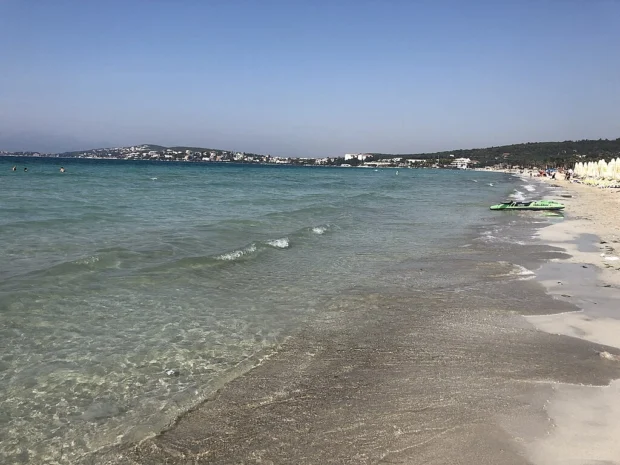
Customs and Culture: What to Remember in Izmir
Izmir’s people are known for their friendliness and openness, but a few simple customs help visitors blend smoothly. When entering a home or some shops, it is polite to remove your shoes. Also, modest dressing helps when visiting religious sites, showing respect without much effort. When invited to share tea or coffee, accepting is courteous-it is more than a drink; it is a symbol of hospitality and friendship.
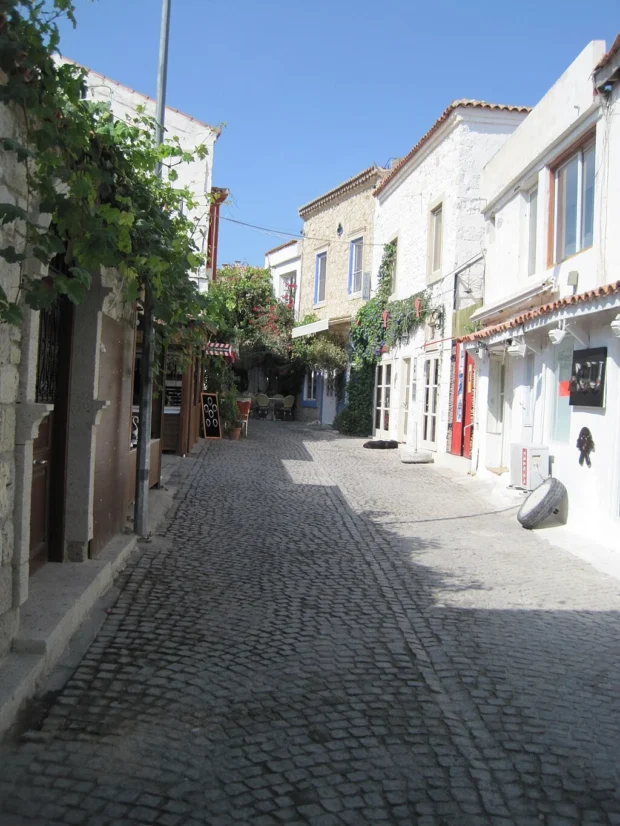
People in Izmir love chatting, often mixing words from many languages once spoken here, reflecting the city’s place on ancient trade routes. You may hear greetings in Turkish mixed with a friendly nod to Greek or Armenian words, small reminders of a long, mixed past. A favorite saying here is “Buyurun,” which means “please” or “welcome” and invites you to come closer into the warmth of local life.
For a connection to another coastal city rich with history and local flavors, consider visiting Creta’s historic treasures and culinary delights to see a different side of the Mediterranean.
Reflections on Izmir’s Cultural Landscape
Izmir is a city where the past and present meet naturally-not in a museum, but in daily life. Stone buildings from Ottoman or Roman times share space with modern cafes and workshops. Watching craftsmen work with copper or ceramics feels like seeing history breathe. The mosaics and stone reliefs in old buildings are quiet witnesses to centuries of trade and cultural exchange across the Eastern Mediterranean.
One interesting story from Izmir’s past involves the ancient city of Smyrna, another name for the city. It was once a major stop on trade routes connecting the Near East to Europe. Merchants from different lands arrived here with goods, stories, and songs, shaping the cultural mosaic still alive today. This background makes every walk feel like tracing footsteps long gone but not forgotten.
Final Thoughts on a Visit to Izmir
After days wandering between bazaars, ancient ruins, and seaside promenades, Izmir leaves a gentle impression. It is not loud or fast like some big cities, but a place that invites curiosity and quiet enjoyment. The smells of freshly baked bread, the sounds of the sea and laughter, and the sight of colorful crafts come together in a city that is both ordinary and extraordinary. Izmir teaches a simple lesson: sometimes, to understand a place, you just need to sit a while, taste slowly, and listen carefully to the stories waiting in the breeze.
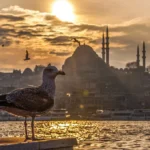
Explorer of historical towns, ancient ruins, and traditional markets, combining modern travel with interest in heritage.
- TR Izmir asv2020-02 img37 Karşıyaka monument by A.Savin on Wikimedia Commons – fal
- Izmir First Bullet Monument at Konak Square 2527 by Dosseman on Wikimedia Commons – cc by-sa 4.0
- Izmir agora substructure 2428 by Dosseman on Wikimedia Commons – cc by-sa 4.0
- Izmir Kadifekale view from wall 5677 by Dosseman on Wikimedia Commons – cc by-sa 4.0
- Izmir Kemeraltı Çarşısı 5902 by Dosseman on Wikimedia Commons – cc by-sa 4.0
- Alsancak buildings by Btian P. Dorsam on Wikimedia Commons – cc by-sa 4.0
- Kordon, Izmir by Ömer K. İnce on Wikimedia Commons – cc by-sa 3.0
- Asansor ust kisim by Yabancı on Wikimedia Commons – cc by-sa 3.0
- Ephesus – Heracles Gate by Bernard Gagnon on Wikimedia Commons – cc by-sa 3.0
- Ilıca Beach in Çeşme, İzmir by Raicem on Wikimedia Commons – cc by-sa 4.0
- Yeni Mecidiye, 35930 Alaçatı-Çeşme-İzmir, Turkey – panoramio (4) by Bir_Ege_Hikayesi © on Wikimedia Commons – cc by 3.0
